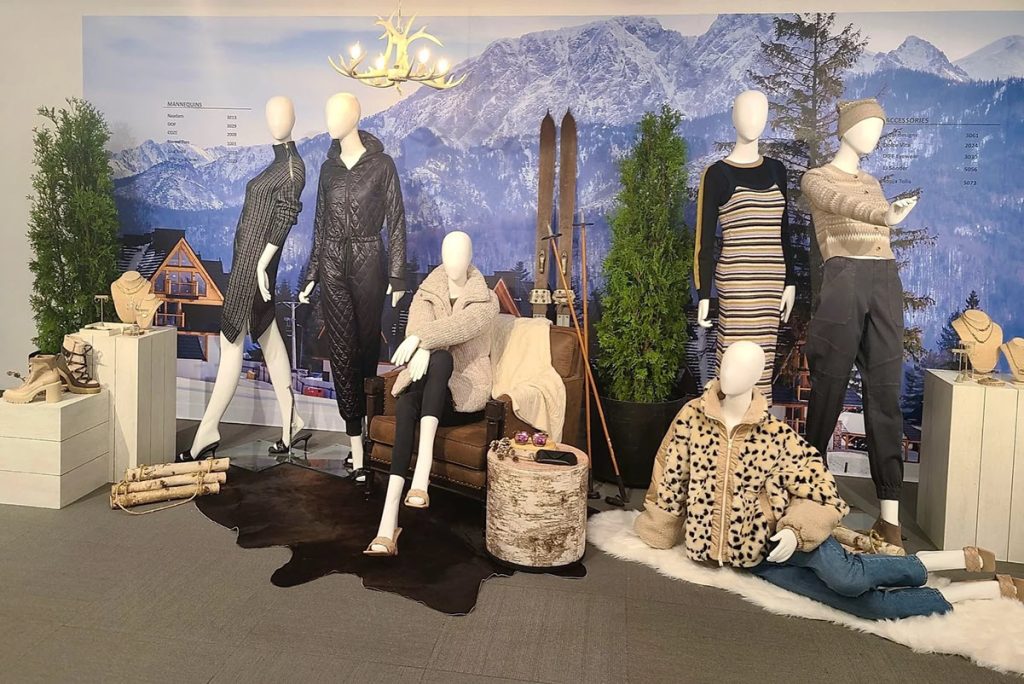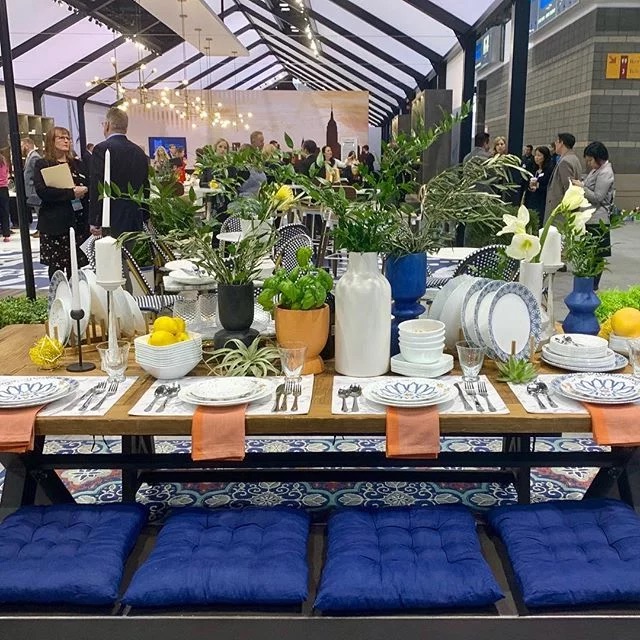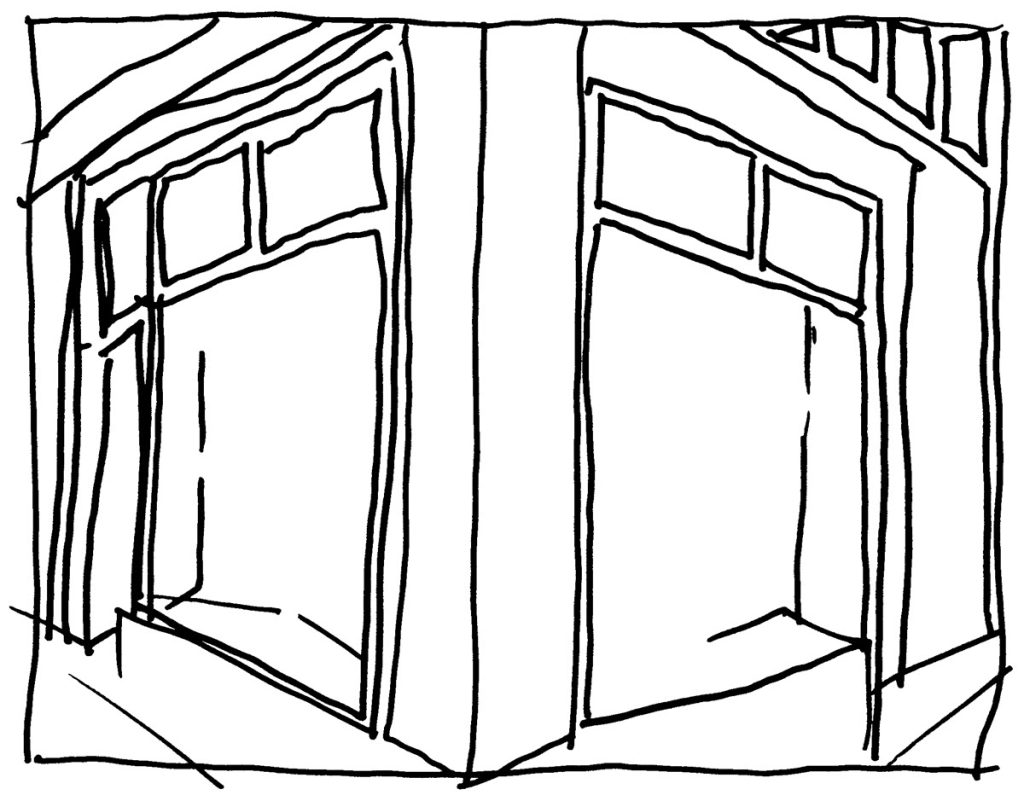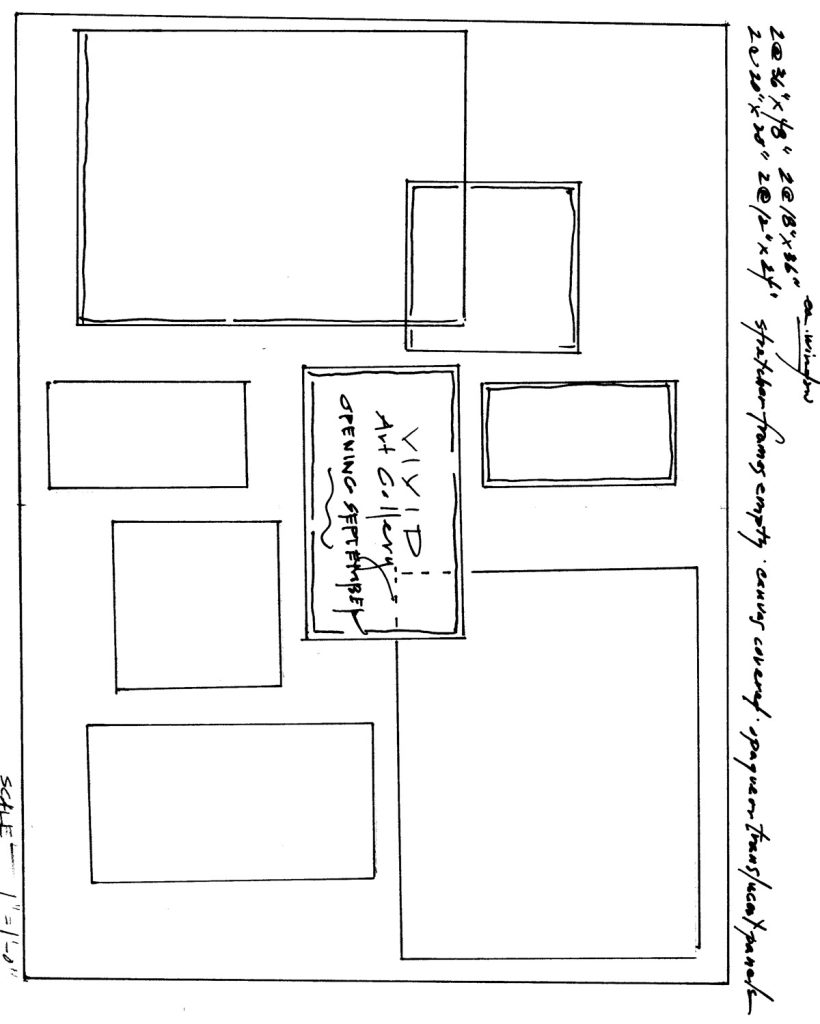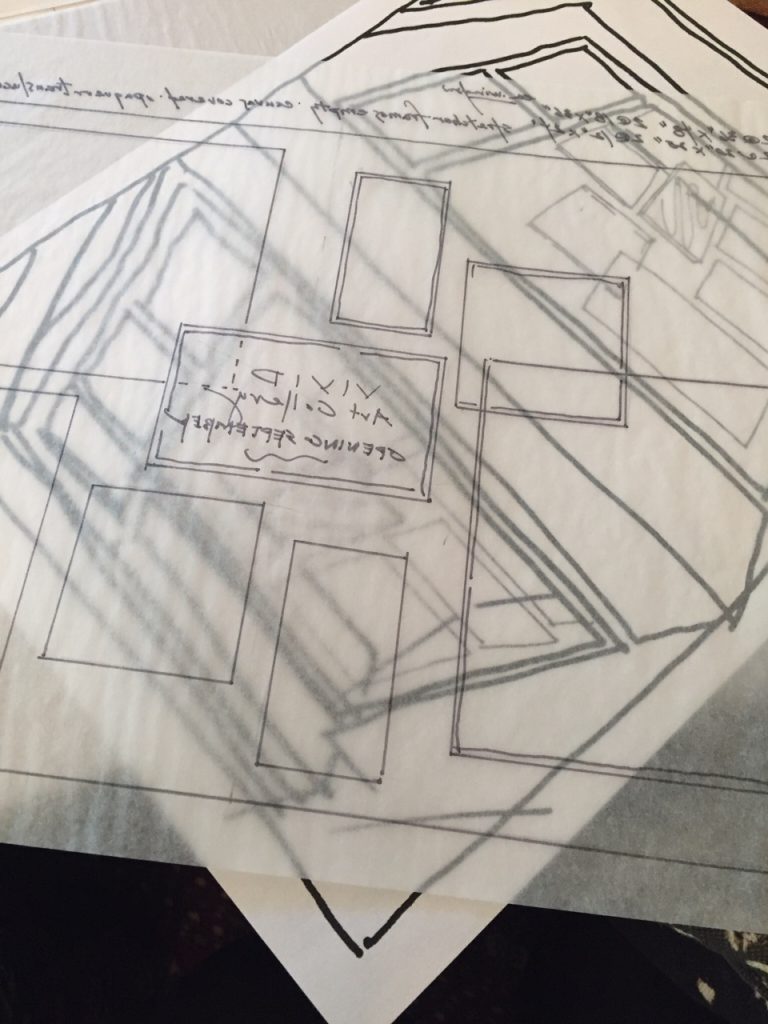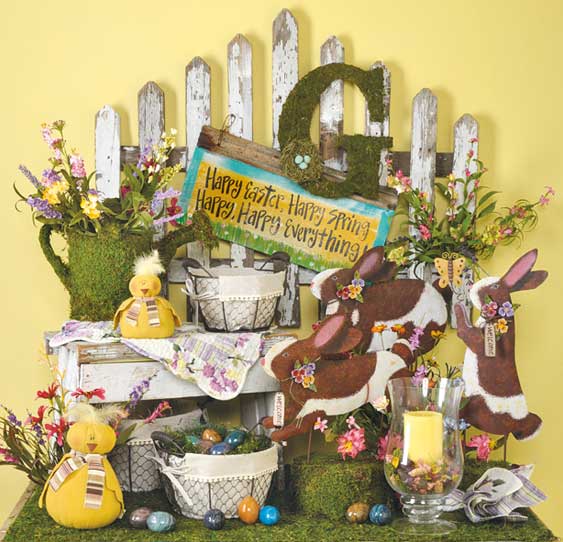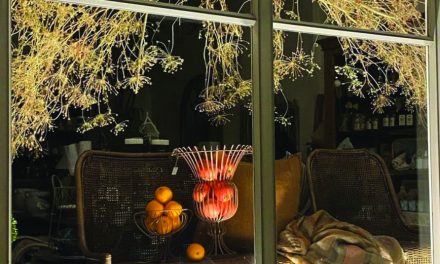By Amy Meadows
Why to Consider Hiring a Retail Design Consultant
How many times have we thrown up our hands and wished someone else could step in on a particular project? Someone with a better solution, more tools, a stronger back, or a taller ladder?
I certainly have. It might be a skilled friend, or it could be an industry expert I’ve sought. But the fact is we all benefit from input and assistance.
A visual merchandising (VM) professional — like a retail design consultant is someone — is someone for just such a job. Ideally, they bring a skill set that includes display arts (table scaping, dressing mannequins, creating vignettes and windows), as well as a keen eye for floor layout, fixture use, merchandising, and advice on lighting and signage (note that signage and electrical functions are typically outsourced for safety, inspection, and production issues).
Knowing where to find such assistance, how much it costs, and what to expect as an outcome can be complicated. Let’s look at some options and resources.
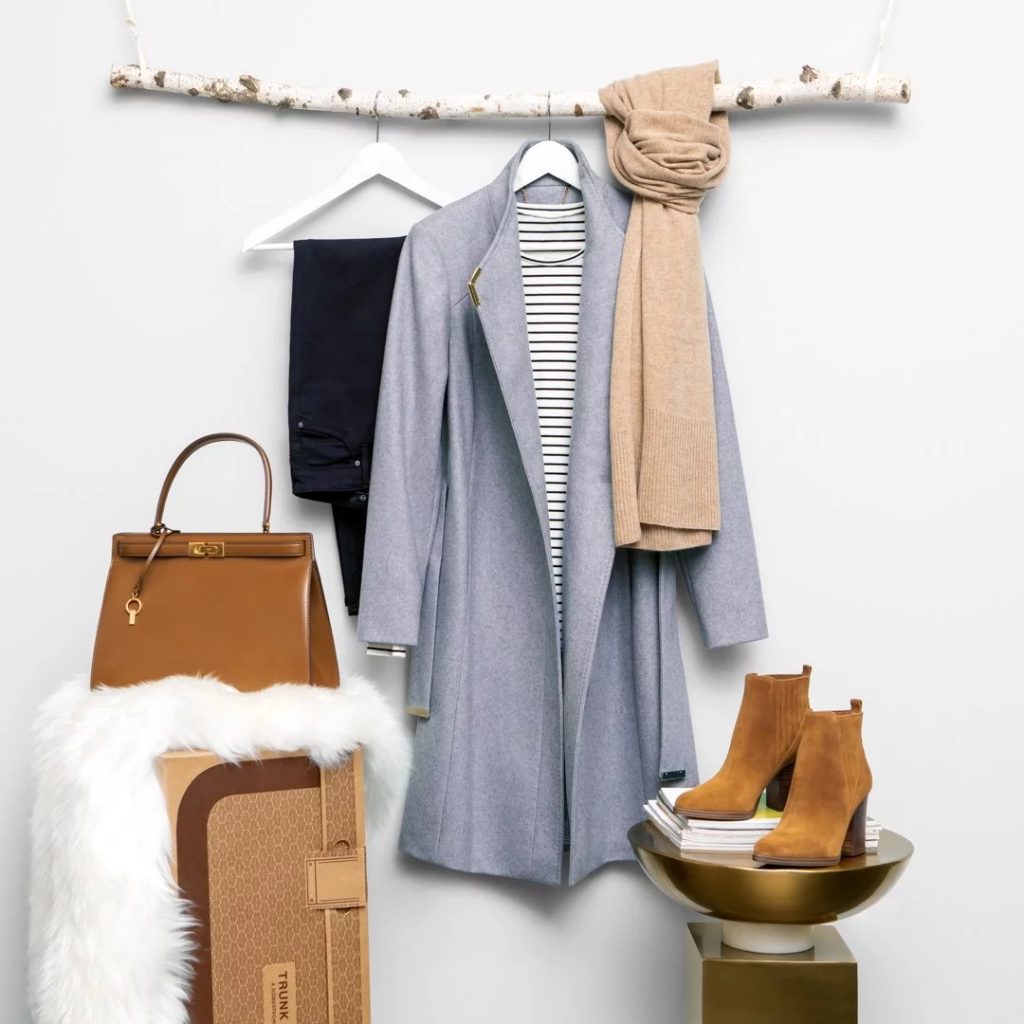
How to Find One
I recommend an online search using the hashtag #freelancevisualmerchandiser, as an earlier dive without the “freelance” lead revealed more job listings than actual jobholders.
While a number of us who work as visual merchandising and retail design consultants can be found online, we also rely heavily on word-of-mouth. Your local chamber of commerce or downtown association is another source for recommendations. These groups have access to resource guides and forums for the express purpose of finding experts in specific fields.
Many of my clients come by way of funding (SBIFs, TIFs, and others) that has been secured by state and/or local entities. Another option is for you and several of your fellow business owners to combine forces and bundle costs.
Here is another idea. Do you have any colleges or universities nearby that offer fashion marketing and/or merchandising courses? Sometimes, instructors are looking for hands-on projects for their students. It might be a little tricky to negotiate, since the curricular needs might not align fully with yours, but it is worth checking.
Finally, find out who is helping other retailers in your area. Even visual merchandising professionals working for national or regional retailers are often open to a few side projects. Working with you and documenting the before and after in your store expands that employee’s portfolio, and you get trained talent in your store. It’s a win-win.
Advice From the Field
Like so many of us who earned our stripes working for corporate retail in department stores, visual merchandisers are trained in the world of floor plans, window displays, department moves, and sale setups. After several years at both national retailers and independent boutiques, Alan Creason now works full time as a freelancer.
He shared what he likes best about being a visual merchandising consultant. Creason said it is “hearing success stories from business owners, even if it’s just shifts in foot traffic and positive customer response. My favorite gigs are always the ones where the client provides creative freedom because you’ve earned their trust.”
Creason explained what retailers often overlook when they implement such strategies. It is “how effective even the simplest steps can be. Simply implementing consistent standards and best practices in the way a sales floor is organized can make a huge difference. The sole costs are time and elbow grease, and it can provide a seemingly new sales floor,” he said.
He has advice for business owners considering the idea of paying for visual merchandising assistance. “Trust your VM consultant’s advice — they are there to help you succeed. Be open to new ideas and changes (big or small). Both should respect each other’s budgets, and don’t be afraid to say no (while maintaining flexibility),” Creason said.
The visual merchandising discipline is fluid, pulling from — and adding to — the ranks of florists, event planners, and photo stylists. Amanda Wolfson Davis’ background in display continues to inform her work for trade shows and product launches.
“I am celebrating 20 years in the creative industry in Chicago. After 11 years with a local display firm, I went off on my own and transitioned into photo styling, working for brands including Aldi, Crate and Barrel, Target, and Ulta Beauty. I was able to utilize my skills in visual merchandising and set design to create compelling compositions for e-commerce, social, and catalog photography,” she said. “I also still offer visual merchandising and display services for select clients. One of my favorite gigs for visual is collaborating with the Merchandise Mart on their apparel shows. Typically, a theme is determined and then I brainstorm new and engaging ways to bring the theme to life and showcase exhibitor apparel. This is a fun mixture of design and installation work, which I love.”
What About the Cost?
There are no set industry rates for this service. Some professionals work hourly, while others work for a daily fee (usually the simplest and most straightforward pricing method). From time to time, some of us like to barter our services for store products or business services.
Regardless of pricing or payment, it’s imperative that you both agree on deliverables, meaning what you will have when the work is done. As a business owner, you might have options for taking on an aspect of the work (carpentry, painting, etc.) for less than a third-party charge. While not always negotiable, I feel it is worth asking — the freelancer might be relieved to strike that from the scope of work.
Another popular option is to look at the bigger picture and create pricing for the entire year — a flat rate to do five seasonal changes (winter, spring, summer, fall, and holiday). This allows both the storeowner and the designer a chance to plan and avoid the stress of last-minute shopping, shipping, and scheduling.
An option for visual merchandising that did not really exist prior to the pandemic is Zoom. As an even more robust variation on FaceTime, real-time video calls allow both the client and the consultant to “tour” the space, identify issues, and discuss possible solutions.
While it is not as good as being on-site and gaining authentic first impressions, it is a strong second-place concept. If you are working with a designer remotely, be sure to request renderings. They might be photoshopped images of your store window or hand-drawn sketches of planned installations to which you both agree. This helps avoid headaches and misunderstandings later.
Once the service is complete, take photos and notes. Ask your staff to jot down customer responses — good and bad — to what was done. Ideally, you will also see increases in sales, so track that as well.
Visual merchandisers make things look better, but if we are doing our job correctly, we are making things sell better, too.
Have an interesting display to share? Or a question about visual merchandising strategies for your business or your district? Visit www.windowsmatter. com for more information


